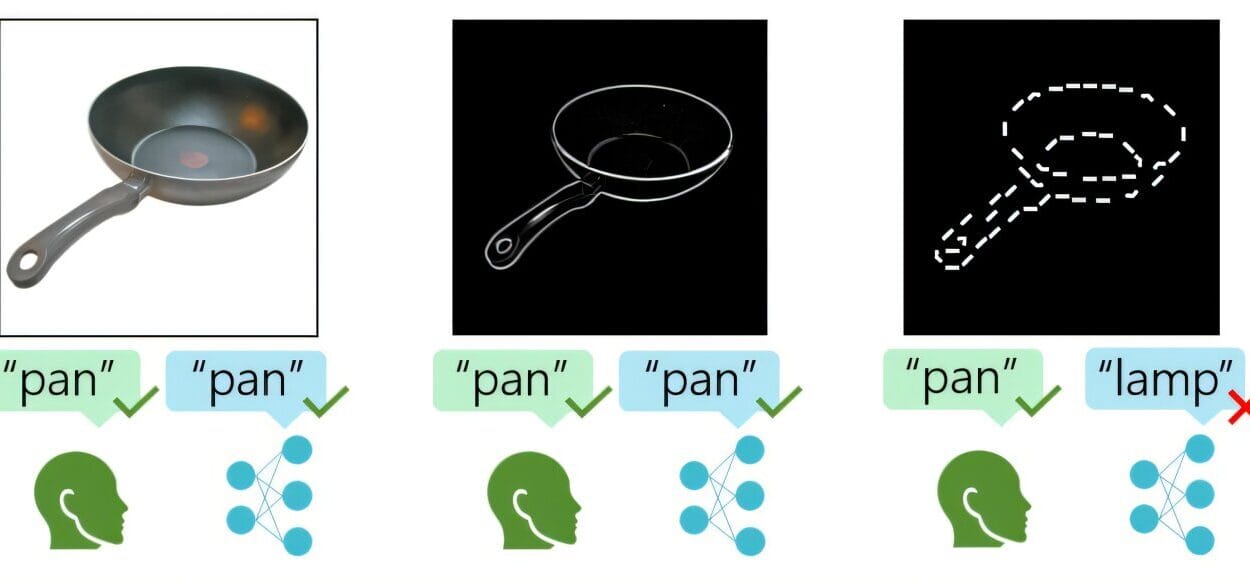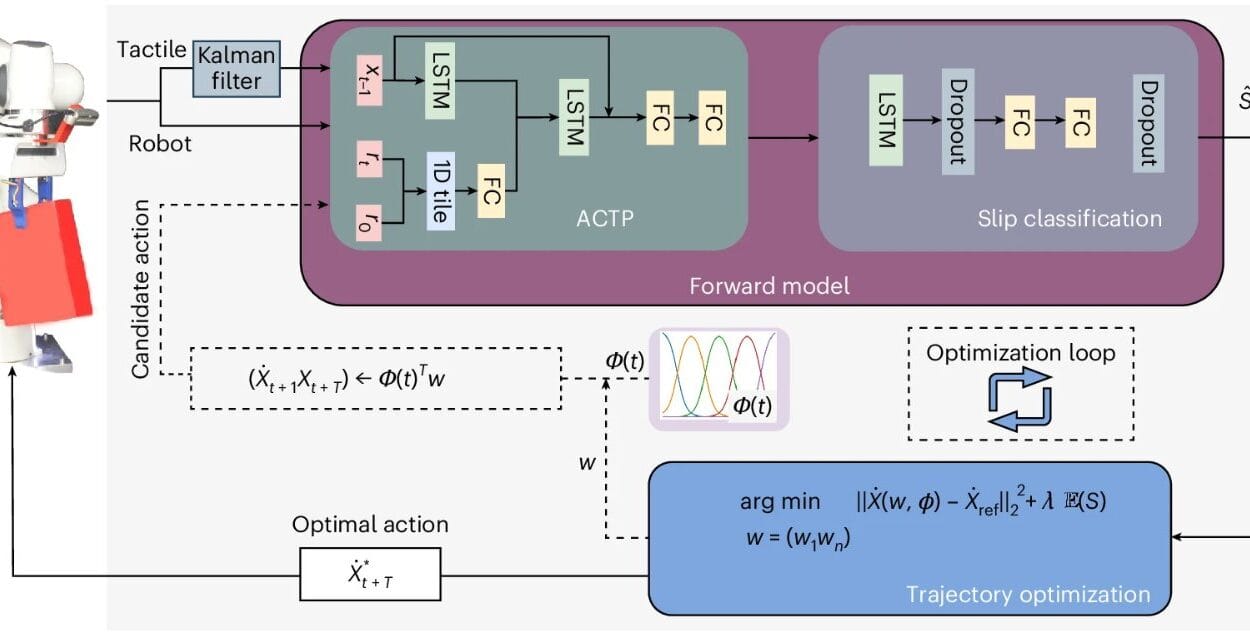Imagine a self-driving car paused at an intersection. To move forward, it must make a choice—not just a mathematical calculation, but a judgment. Is the pedestrian on the sidewalk about to step into the street? Should it wait? Or is that person merely glancing at their phone?
Now shift the scene. Picture an investment algorithm analyzing real-time financial data. It’s not enough to crunch numbers. It must anticipate how human investors will react to unexpected news—panic, wait, double down? In both cases, success depends not on computation alone, but on an understanding of human behavior.
For decades, machines have mastered statistics and probability. They’ve learned how to recognize speech, translate languages, and even write code. But ask them to understand why people do what they do—to predict not just the outcome but the intentions, biases, and motivations behind it—and most artificial intelligence systems falter.
That’s because general-purpose AI, like GPT or Llama, was never built for that kind of reasoning. These systems consume oceans of text but rarely swim in the deeper currents of psychology. They are powerful, but behaviorally shallow.
A New Kind of Intelligence
Enter Be.FM—the Behavioral Foundation Model—a next-generation AI system built not from encyclopedias or internet chatter, but from the structured complexity of human behavior itself. Developed by researchers at the University of Michigan, Stanford University, and MobLab, Be.FM is among the first AI models designed specifically to understand, simulate, and predict human decisions.
Unlike most AI systems trained on open-source text data, Be.FM draws from a specialized corpus: controlled experiments, behavioral surveys, economic games, and decades of social science research. Over 68,000 experimental subjects, 20,000 survey respondents, and thousands of peer-reviewed studies make up its core training dataset.
“We’re not feeding it Wikipedia,” said Yutong Xie, the study’s lead author and a Ph.D. candidate in information science at the University of Michigan. “We built a behavioral dataset—carefully curated—to help the model reason about why people act the way they do.”
This distinction matters. In an age where machines increasingly touch every part of our lives—from apps that guide spending habits to chatbots offering mental health support—understanding human behavior is no longer optional. It’s foundational.
Intelligence That Reflects Diversity
Standard AI models often learn to imitate the most common patterns in their training data. But when it comes to people, the average is rarely enough. People are diverse. They respond differently to the same stimuli based on personality, culture, upbringing, or context. General-purpose AIs, trained to mimic the statistical majority, frequently miss the edges of the distribution—where real-world complexity lives.
The research team’s previous work in the Proceedings of the National Academy of Sciences revealed that mainstream AI models tend to predict average behaviors, failing to account for the wide spectrum of human variation. In contrast, Be.FM was designed to capture and respect that variability. Whether someone tends to cooperate or defect in economic games, or whether their decisions are shaped by social norms or time pressure, Be.FM learns not only what decisions are made, but why.
Its performance in scenario-based prediction tasks has shown remarkable depth. In one example, researchers simulated a banker offering different investment options to a group. Be.FM could predict with high accuracy which choices participants would favor—risky versus conservative, cooperative versus self-interested—based not just on the structure of the options, but on inferred psychological preferences.
This kind of modeling could become a game-changer for product testing, economic policy analysis, or any domain where anticipating human reactions could prevent costly missteps.
From Traits to Tendencies: Understanding the Mind Behind the Move
One of Be.FM’s most intriguing capabilities is its ability to reason backward from behavior to personality. Given enough data, it can infer likely traits—such as extroversion, agreeableness, or conscientiousness—based on seemingly unrelated inputs like demographic factors or digital behavior. Conversely, it can estimate someone’s likely age or gender based on how they think, choose, or respond to stimuli.
Such reverse-engineering could help behavioral researchers more accurately segment populations, design personalized interventions, or build adaptive systems that respect users’ cognitive diversity. Imagine educational software that shifts tone and difficulty level based on whether it recognizes a learner as curious and confident, or cautious and easily discouraged. The promise isn’t just personalization—it’s empathy, encoded into algorithms.
Crucially, Be.FM doesn’t do this through guesswork. Its reasoning is grounded in behavioral science, informed by decades of empirical research. Inferences about personality or preference aren’t extrapolated from stereotypes—they’re based on statistically validated patterns in real human data.
Context Is King
Human behavior is rarely static. What we do is deeply shaped by when, where, and with whom we do it. The same person might behave generously in one setting and selfishly in another, depending on subtle contextual cues: deadlines, peer pressure, time of day, emotional states, or how a decision is framed.
This is where Be.FM’s behavioral intelligence truly shines. Because it’s trained not just to predict behavior, but to reason about context, the model can detect when and why people’s patterns shift. For instance, if user engagement on an app suddenly drops after a UI redesign, Be.FM can help identify the cognitive or emotional variables that might have been affected. Did the design violate user expectations? Did it introduce new friction? Did it trigger loss aversion?
By comparing behavior across temporal windows or user groups, the model doesn’t just register change—it explains it. This makes it an ideal partner for designers, researchers, and policy experts looking to understand not just what happened, but why.
And because it’s structured around human cognition, not just data points, it can generalize these insights beyond any one product or scenario. Its value isn’t locked into a single industry; it’s wherever humans think, feel, and act.
The Scholar’s Assistant
Be.FM isn’t just a predictive engine. It also doubles as a behavioral research assistant, capable of generating hypotheses, summarizing academic literature, and simulating outcomes under different assumptions. Built on a large language model architecture, it bridges the gap between behavioral theory and practice.
Suppose a social scientist is exploring how framing effects influence vaccine acceptance. With Be.FM, they could simulate how different demographic groups might respond to messages framed in terms of benefits versus risks. Or they could compare how behavior changes when incentives are added or removed, helping refine experimental design before spending real-world resources.
This makes the model not just a predictive tool, but a generative one. It can aid in brainstorming, accelerate literature reviews, or even help solve thorny problems in applied behavioral economics. The goal is not to replace researchers, but to empower them—to extend their reach, increase the speed of discovery, and improve the relevance of interventions.
As behavioral economist and study co-author Qiaozhu Mei notes, “The goal is to make Be.FM useful wherever people make decisions—in health, education, economics, even geopolitics.”
Outperforming the Giants
In rigorous comparisons, Be.FM consistently outpaced both commercial and open-source general-purpose models like GPT-4o and Llama when it came to tasks rooted in human behavior. Whether the challenge involved predicting cooperation rates, modeling personality traits, or simulating group dynamics, Be.FM’s predictions were more accurate, more nuanced, and more human-like.
Its greatest strength lies in matching real-world data distributions—not just in a handful of cases, but across diverse domains. That fidelity matters. In a world where algorithms increasingly shape what we see, buy, and believe, behavioral accuracy isn’t a luxury—it’s an ethical imperative.
But the researchers are candid about the model’s current boundaries. Be.FM is not yet built to forecast large-scale political shifts, predict wars, or anticipate the next election result. Its strengths lie in micro-behavior—how individuals and small groups make decisions in controlled or simulated settings.
Those limits, however, are already being tested. The team continues to expand Be.FM’s reach, incorporating new domains and refining its understanding of large-scale systems. They’ve made the models available upon request, inviting researchers, designers, and practitioners to collaborate—and to imagine new ways to apply behavioral intelligence.
The Future of Thinking Machines
In the coming years, artificial intelligence will become more than a tool. It will become a companion in decision-making—a partner in policy, design, and science. But for machines to serve us wisely, they must understand us deeply. They must learn not just our patterns, but our minds. Not just what we do, but what we might do, and why.
Be.FM marks a step in that direction. It doesn’t merely simulate intelligence; it simulates us. It gives machines a window into the invisible architecture of choice: how trust is built, how fear is triggered, how norms are followed or broken.
This is not just engineering—it’s empathy, algorithmically encoded. And it hints at a future where our smartest technologies won’t just predict what comes next. They’ll understand who we are.
Reference: Yutong Xie et al, Be.FM: Open Foundation Models for Human Behavior, SSRN (2025). DOI: 10.2139/ssrn.5274559






